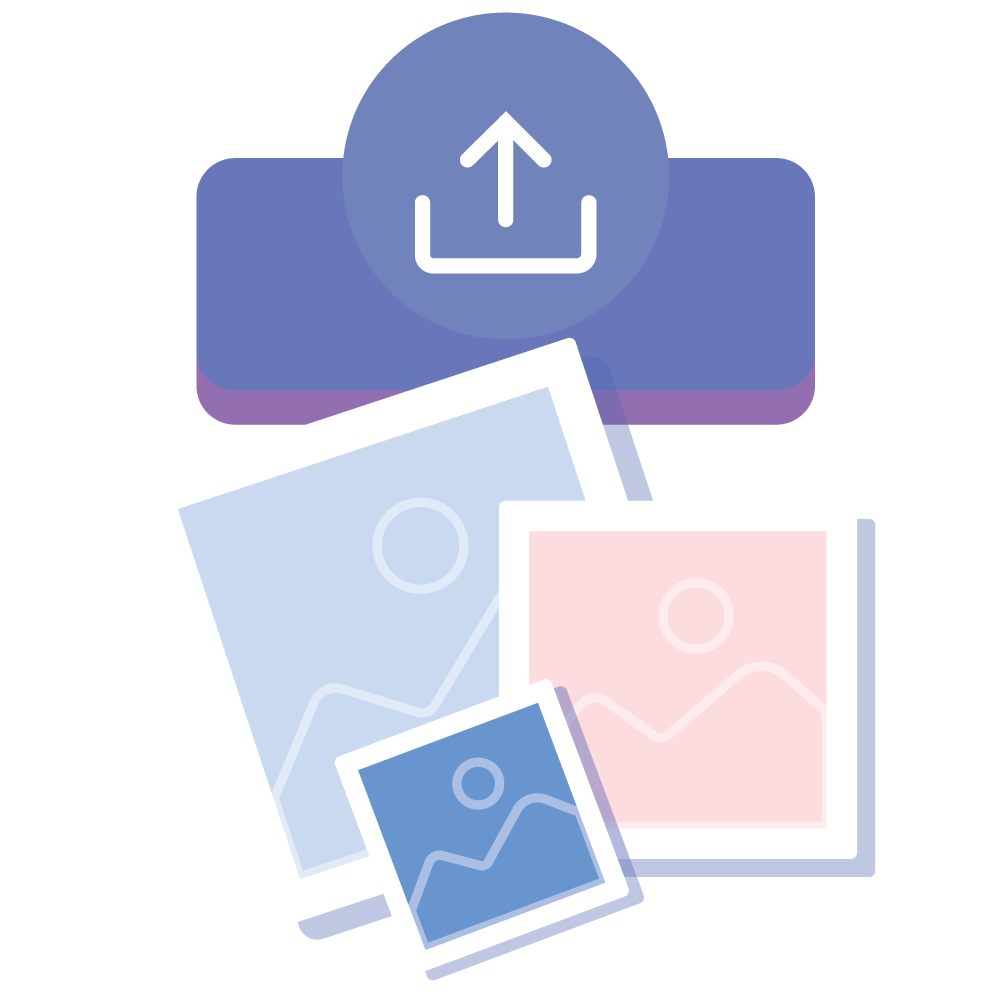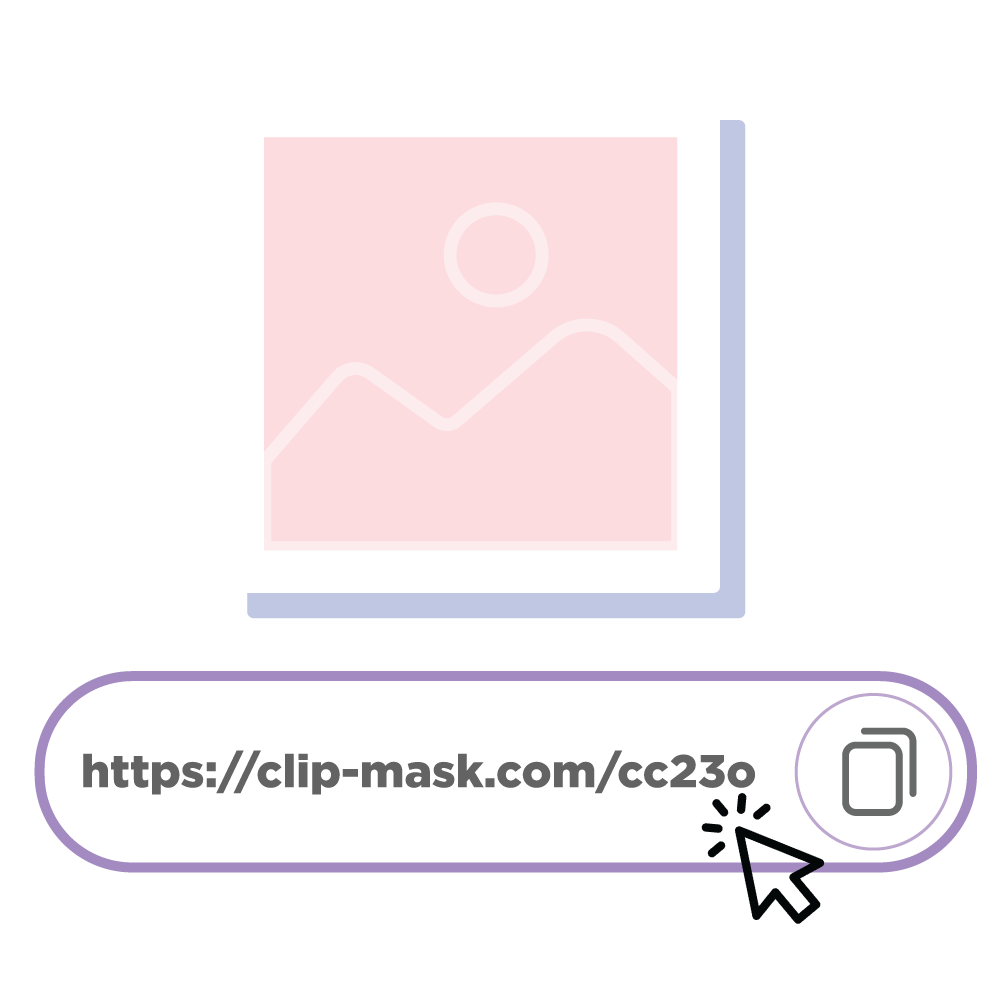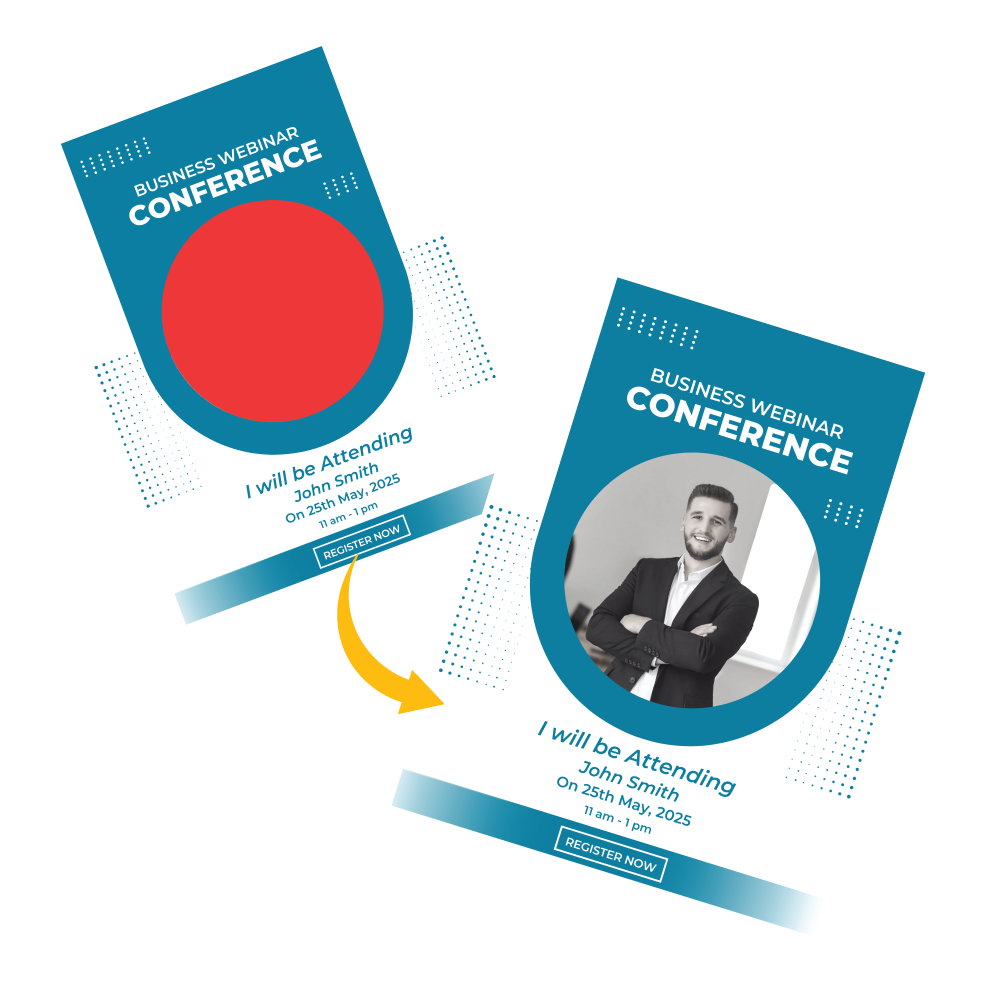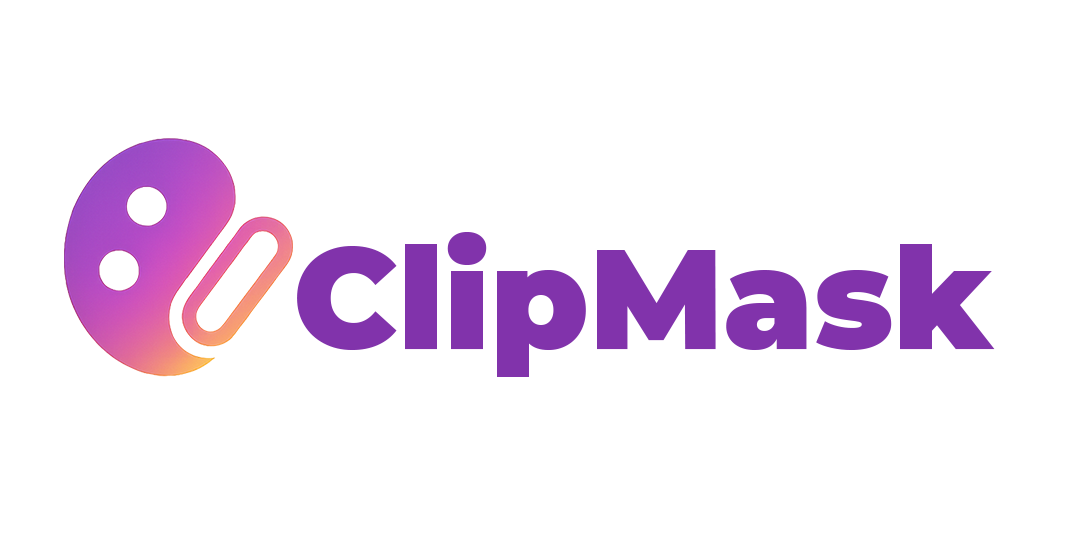Transform your Posters into personalized Photo Frame
Clip Mask lets you turn any static poster into an interactive photo frame. Upload a poster, define where photos go, and share a link,
How It Works
A two-sided platform: Designers create templates, users personalize with photos

Designers Upload Templates

Share Template Links

Users Personalize with Photos

Download & Share Results
Designers Upload Templates
Designers upload poster templates with predefined photo areas. They define mask regions where users can insert their photos.
Share Template Links
Generate campaign-ready shareable links for your audience to engage with and personalize.
Users Personalize with Photos
Your users add their photos and share your branded posters, extending your campaign reach organically.
Download & Share Results
Share personalized, on-brand visuals your audience created — perfect for organic reach and community engagement.
Perfect for promos, launches, and viral marketing.
Boost your campaigns with custom-shareable visuals that let your audience engage directly.
Watch How Clip Mask Works
See the complete process from template creation to sharing personalized posters in just minutes
Complete Clip Mask Tutorial
Learn how to create, customize, and share templates
Frequently Asked Questions
Everything you need to know about using Clip Mask
What is Clip Mask?
Who is Clip Mask for?
What are the main benefits of using Clip Mask?
How does a designer create a template on Clip Mask?
What kind of tools are available for creating templates?
How do end-users personalize a poster with their photo?
Is Clip Mask accessible to users without design skills?
What kind of information is needed when publishing a template?
Ready to Supercharge Your Campaign Engagement?
Join thousands of marketers creating branded, interactive visuals with Clip Mask. Spark user‑generated content, increase reach, and track engagement.
